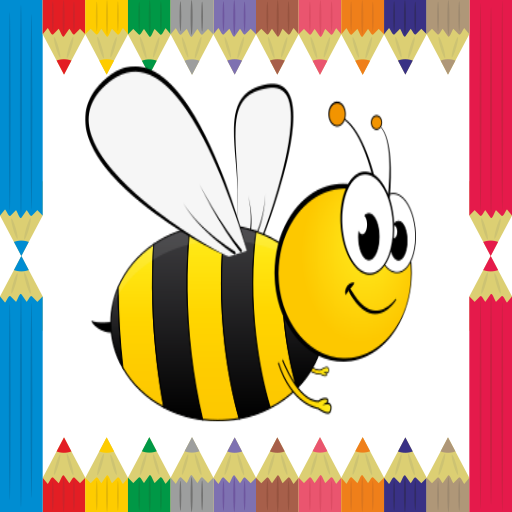
Learning to read begins with understanding the sounds letters make, rather than memorizing their names. This approach helps children connect speech to print in a meaningful way. The process is most effective when guided by an adult who supports and engages with the child throughout learning. Through simple exercises, the adult models how to shape sounds with the mouth, allowing the child to observe lip positioning and mimic the correct pronunciation.
To begin, we introduce a set of basic alphabet letters—those that are easiest to learn—using them to form familiar words such as animal names and everyday vocabulary. In this method, each letter is taught by its sound, not its name. At first, an adult should guide the child through these exercises. Reading is a developmental process, so after some practice together, the child can explore independently, with the adult returning occasionally for shared sessions.
Over time, adults can move on to the “Discover the Word” section and try the following steps:
- Ask the child to say the individual sounds of the letters in the word TREE.
- After practicing for a while, ask, "What did you say?"
- Avoid telling the child the word they formed.
Repeat this activity, encouraging the child to blend the sounds more quickly. As the pause between each letter sound shortens, reading naturally emerges. Resist the urge to reveal the word aloud. One day, when asked again, the child may proudly respond, "I said TREE!" That moment marks a breakthrough—the child has begun to read.
Soon, curiosity about reading will grow. The child will want to decode every word they see. This is the right time to gradually introduce more complex concepts, such as the letter C, which can have different sounds depending on its context (e.g., soft in "sky" and hard in "house"). Other letters previously left out can now be introduced. It’s essential to honor each child's unique pace and respect their personal journey through learning to read.
[ttpp]
[yyxx]
We take privacy seriously. If you'd like to know more about our data practices, please review our Privacy Policy.
What's New in Version 10
Last updated: August 6, 2024
API update and improved effects.


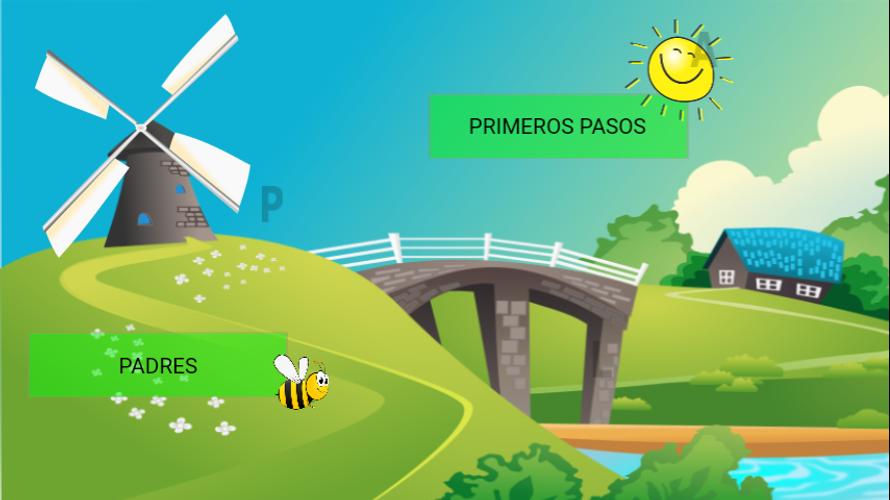
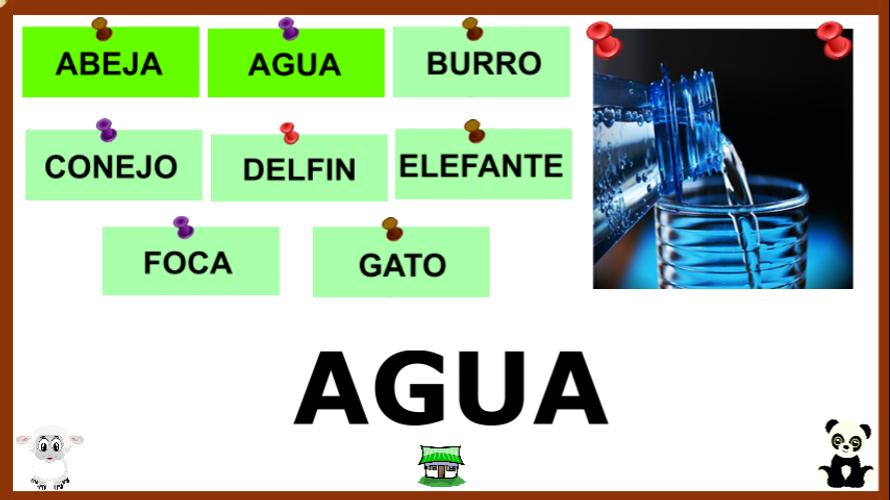
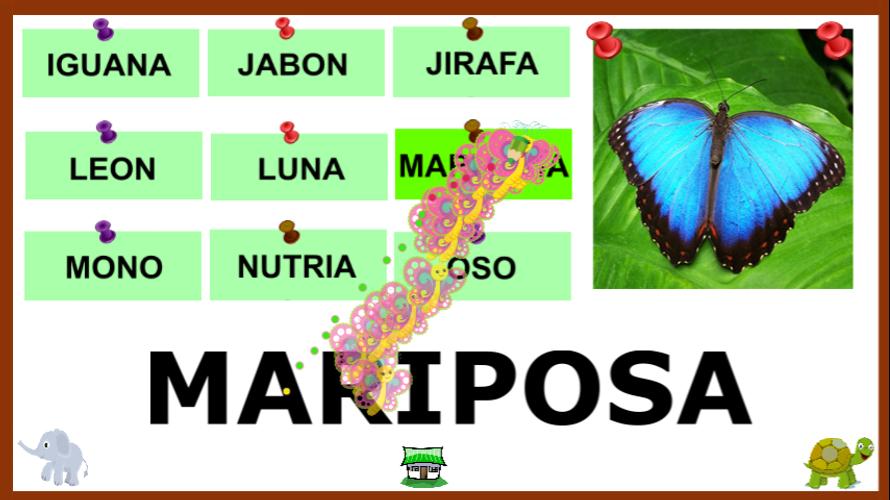
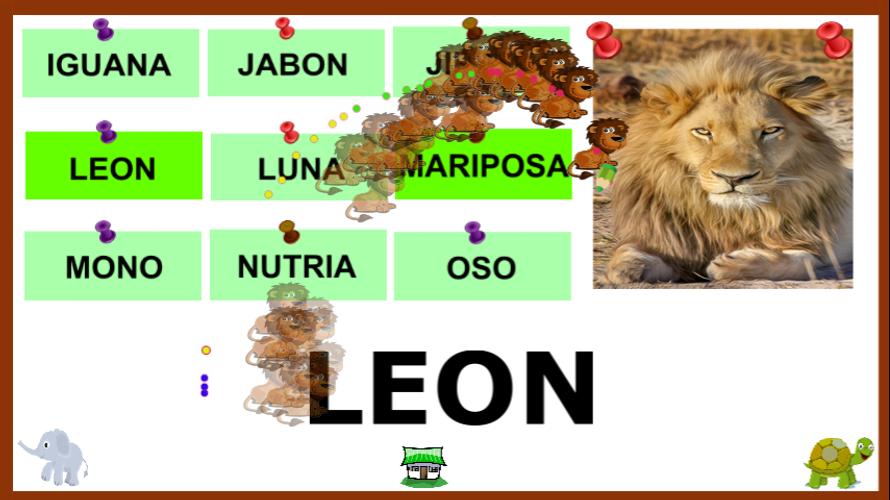



![NULL [Remastered]](https://imgs.39man.com/uploads/71/1719651062667fcaf6c483b.png)










